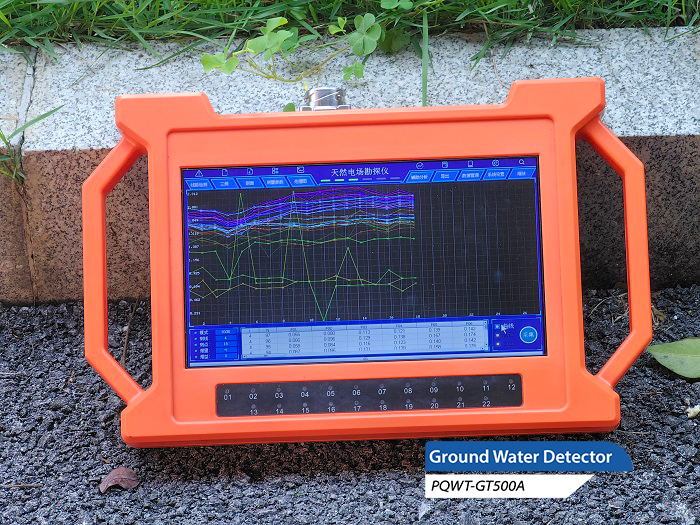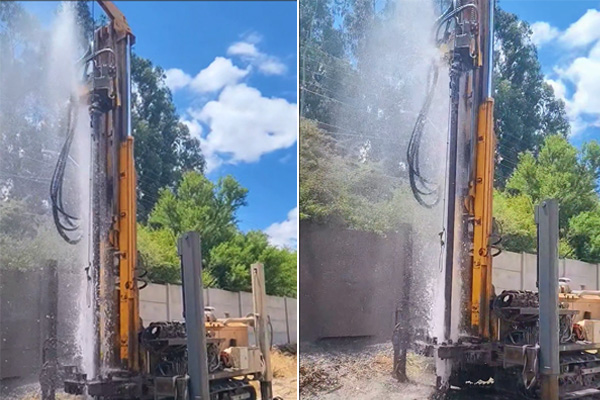With the acceleration of global population growth and urbanization, water resources are becoming increasingly scarce, especially in arid and water scarce areas. Finding reliable groundwater sources has become a crucial task. Ground water detector, as an efficient detection tool, is changing the traditional way of finding water and providing stable and safe drinking water sources for households, agriculture, and industry.

Working principle of ground water detector
Ground water detectors mainly utilize the physical properties of groundwater for detection, including conductivity, excitation effect, and radioactivity. The two common types are nuclear magnetic resonance ground water detector and natural electric field ground water detector.
1. NMR ground water detector:
Nuclear magnetic resonance (NMR) technology is a cutting-edge technique in the world today, which determines the presence of groundwater by directly detecting hydrogen proton signals in groundwater. This technology was first developed by Soviet scientists and widely applied in Central Asia, Australia, and Israel. NMR technology can accurately measure the location, depth, and water volume of groundwater, pioneering the direct exploration of water using geophysical methods.
2. Natural electric field ground water detector:
This type of instrument is relatively affordable and uses the changes in resistivity generated by natural electric fields and different geological structures to determine the presence of groundwater. By measuring the changes in electromagnetic fields at different frequencies in the natural geomagnetic field, we study the anomalies caused by electric fields and geological bodies, in order to solve geological problems. This method has high accuracy and efficiency in detecting groundwater resources.
How to use the ground water detector
The use of ground water detector for groundwater resource detection requires following certain steps:
1. Choose appropriate detection points:
Based on experience or actual situation, choose flat or gentle slope areas as detection points, and try to stay as far away as possible from places that may cause water pollution, such as waste yards, fertilizer plants, etc.
2. Installation and commissioning of instruments:
Install the ground water detector correctly according to the user manual, calibrate and debug it to ensure that the instrument can work properly.
3. Conduct detection:
By observing the data on the instrument display screen, understand the location, water level, and water quality parameters of groundwater. Determine the optimal location for drilling based on the required water quantity and quality.
Advantages and disadvantages of ground water detector
1. Advantages:
-High precision: able to accurately determine parameters such as groundwater level, water quantity, and water quality.
-Easy to operate: It is easy to use and does not require professional knowledge or skills.
-Cost saving: Quickly find suitable water sources and avoid the waste of blind drilling.
-Environmental friendliness: Adopting non-invasive detection methods without damaging underground resources and the environment.
2. Disadvantages:
-High price: Especially for nuclear magnetic resonance ground water detectors, the price is relatively expensive.
-Affected by the environment: In certain situations, such as areas with abundant underground rocks or metallic materials, interference may occur.
Application areas of ground water detector
Ground water detectors are widely used in fields such as households, agriculture, and industry
1. Family: Help find safe and reliable sources of drinking water.
2. Agriculture: Guide farmers to choose the best irrigation location to increase crop yields.
3. Industry: One of the important means to ensure the quality and safety of production water supply.








